Han Hee-won Art Museum (한희원미술관)
11.4Km 0 2023-01-25
27-6, Yangchon-gil, Nam-gu, Gwangju
+82-62-653-5435
Han Hee-won Art Museum is a small hanok art museum in the back alley of Yangnim-dong.
Painter Han Hee-won grew up in Yangnim-dong, where he was influenced as a painter. In July 2015, he purchased a small hanok between the House of Yi Jang-u and the House of Choe Seunghyo and transformed it into an art museum to preserve and show the spirit of love, comfort, and art in his hometown, Yangnim-dong. An art museum with a low threshold approaching citizens with a humble mind, Han Hee-won Art Museum is open to anyone. Feel free to visit, appreciate the paintings, and be comforted through art.
Tteokgalbibonga Restaurant - Damyang Branch (떡갈비본가-담양)
11.4Km 8247 2021-08-26
91, Jungang-ro, Damyang-eup, Damyang-gun, Jeollanam-do
+82-61-383-6692
Damyang, located in Jeollanam-do, is not only famous for its bamboo trees, but is also for its tteokgalbi, or grilled short rib patties.
Tteokgalbibonga, known for its signature tteokgalbi, has become quite famous in the area. With its exquisite resemblance to injeolmi (rice cakes coated with powdered soybeans) and the way it melts in your mouth, it’s no wonder Tteokgalbibonga attracts guests from as far as Japan.
Tteokgalbi gets its name from its resemblance to rice cakes, or tteok. In addition to its texture, its savory marinade brings out the meaty flavor of tteokgalbi.
Aside from their main dish, hanu (Korean beef) tteokgalbi, they also have dwaejigalbi, bulgogi, and galbi tang available, served with regular side dishes of a Korean set menu, even including a dessert. Tteokgalbibonga is often crowded with customers that you’ll likely have to wait in line if you visit for during the evening.
Lee Jang-woo's House (이장우 가옥)
11.4Km 15224 2021-12-16
21, Yangchon-gil, Nam-gu, Gwangju
+82-62-607-2333
Designated the first Gwangju Folk Material on March 20, 1989, Lee Jang-woo's House is an upper-class, tile-roofed house with a gate, storeroom, servants’ quarters, detached building, and main building. The building is estimated to have been constructed in 1899 and is overall a sturdy example of Korean architecture, well-preserved in its original state. The L-shaped main hall of the historic building is rather large and consists of (left to right) a wooden verandah, a small room, a hall, the main room, a kitchen, and another small room. The room doors are double doors with a sliding door on the inside and a hinged door on the outside. The hall also has partitions that can be hung up as necessary.
Cheongchun Balsan Village (청춘발산마을)
11.4Km 1718 2024-07-11
12-16 Cheonbyeonjwa-ro, Seo-gu, Gwangju
Balsan Village is a representative neighborhood of Gwangju and is a prime example of how something amazing can come out of something bad. First settled by Korean war refugees, the small houses jam-packed on a hillside attracted young people looking for work in the 1970s and '80s, mainly females working in the garment factories nearby. Recently, the addition of colorful murals and public spaces has given the village a breath of new life.
Gyubongam Hermitage (Hwasun) (규봉암(화순))
11.4Km 22571 2024-02-20
40-28 Dowon-gil, Iseo-myeon, Hwasun-gun, Jeollanam-do
Gyubongam Hermitage is a small hermitage located on Mudeungsan Mountain. It is believed to have been established during the Silla dynasty (B.C. 57-A.D. 935) and underwent renovations in 1959 to attain its current appearance. Renowned for its picturesque scenery, Gyubongam Hermitage is said to be a must-visit spot for those climbing Mudeungsan Mountain. It is particularly famous for its vibrant autumn foliage, and the area around the hermitage is abundant with rocky cliffs.
Gwangju Sajik Park (사직공원 (광주))
11.4Km 28029 2022-08-05
49, Sajik-gil, Nam-gu, Gwangju
+82-62-652-3236
Sajik Park is located at the previous site of Sajikdan Altar, a ritual site to pray for peace and prosperity during the Three Kingdoms Era. In the 1960s, the site was home to Sajik Zoo, with the ritual being abandoned in 1894 and the altar in disrepair. However, in 1991, it was decided to move the zoo to another location and begin restoring the site. It was reopened in April 1994, 100 years after the last ritual.
Sajik Park is landscaped with various trees and flower beds. The park blooms pink and white with cherry blossoms annually in mid-April. During this time, the municipality of Gwangju installs lighting in the trees for citizens to enjoy the blossoms late into the night. The park has become established as a favorite rest area for Gwangju citizens. The park houses several attractions including Gwangju Broadcast Station (KBS), Memorial Tower for Policemen, Yangpajeong Pavilion, and Palgakjeong Pavilion overlooking downtown Gwangju.
Damyang Meta Provence (담양 메타프로방스)
11.5Km 0 2023-01-17
2-17, Gipeunsil-gil, Damyang-gun, Jeollanam-do
+82-61-383-1710
Meta Provence is a tourist complex located in Damyang, Jeollanam-do, which attracts approximately 5 million tourists a year, and is located right next to Damyang Metasequoia-lined Road, once selected as one of Korea’s most beautiful tree-lined roads. It has an atmosphere just like that of the French city of Provence, a famous vacation destination. Meta Provence consists of fashion streets, design handicraft workshops, commercial spaces, banquet halls and many other open spaces where culture, art and business coexist to provide great experiences for not only individual tourists but also families and groups, and, through diverse and differentiated high-quality services, it strives to provide special memories and new experiences to all visitors.
Chonggak Kalguksu (총각칼국수)
11.5Km 128 2021-03-20
24-17, Damju 4-gil, Damyang-gun, Jeollanam-do
+82-61-383-2394
You can enjoy delicious noodles at reasonable prices. A noodle soup specialty restaurant located in Damyang-gun, Jeollanam-do. The most famous menu is noodle soup with clams.
Yangnim-dong Missionary Cemetery (양림동 선교사 묘지)
11.6Km 14519 2021-05-28
77, Jejung-ro, Nam-gu, Gwangju
+82-62-607-2333
The Yangnim-dong Missionary Cemetery is the final resting place of 23 missionaries who brought Christianity to Gwangju and led the movement to free the nation from under Japanese colonial rule. Yangnim-dong in Gwangju Metropolitan City was the main area in which Priest Bae Yu-ji and Dr. Clement Owen carried out their work as the first missionaries to Jeollanam-do.
Located nearby is a monument dedicated to Priest Bae Yu-ji and the Owen Memorial Building, built in honor of Dr. Owen and his grandfather. Both memorials are cultural assets and particularly prized by locals of the Christian faith.
Damyang Metasequoia-lined Road (담양 메타세쿼이아길)
11.6Km 100613 2023-01-02
12, Metasequoia-ro, Damyang-gun, Jeollanam-do
+82-61-380-3149
Damyang Metasequoia-lined Road is one of Korea's most beautiful paths. Metasequoia trees were planted along the street in the early 1970s by the Ministry of Internal Affairs after National Road 24 was rebuilt. At that time, the saplings were only 3 to 4 years old and their branches stretched sparsely out into the sky; now, the trees have grown so high that they seem to block out the sun. Thanks to these stately trees, in 2002 the Korea Forest Service selected the boulevard as one of the most beautiful roads in Korea. The 8.5-kilometer-long boulevard is one of the most popular driving routes in Korea, especially during summer when the trees’ lush green leaves are at their x_height of beauty.

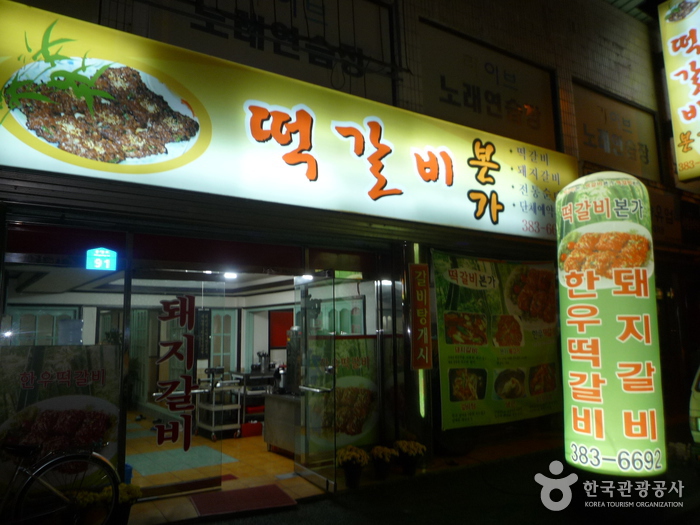
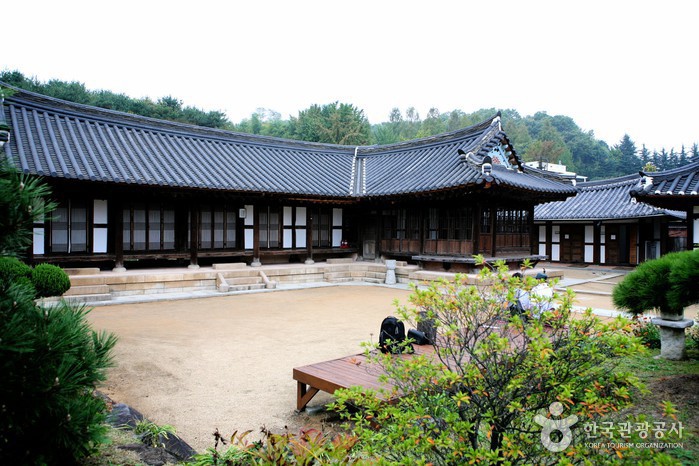
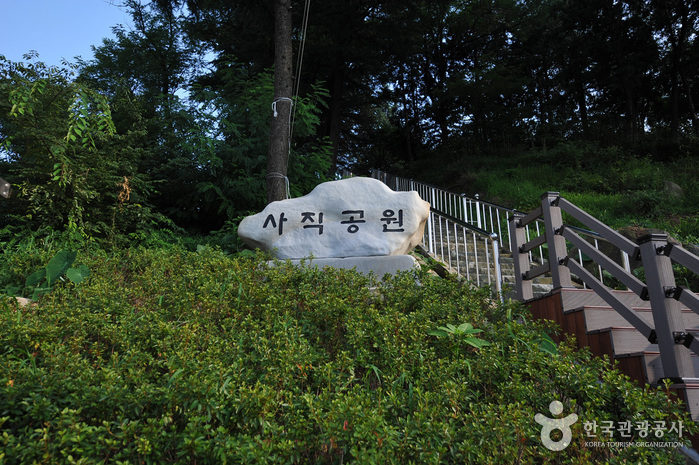
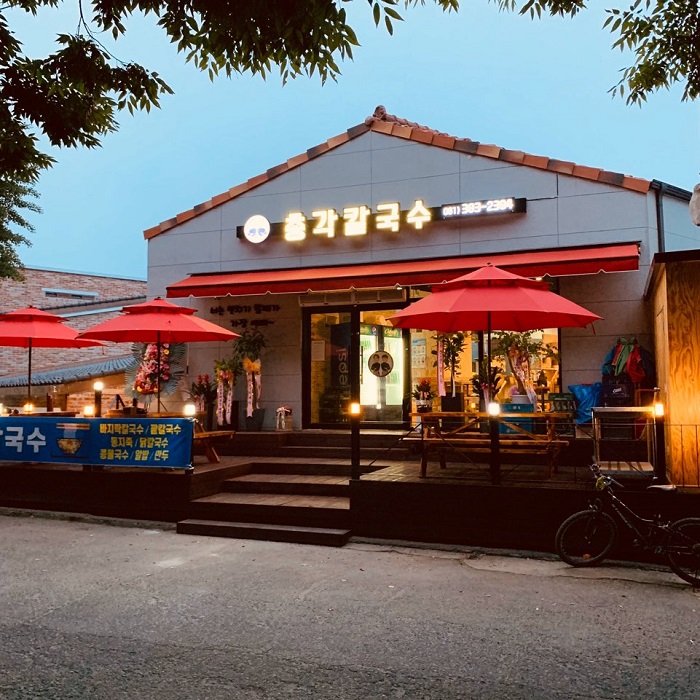
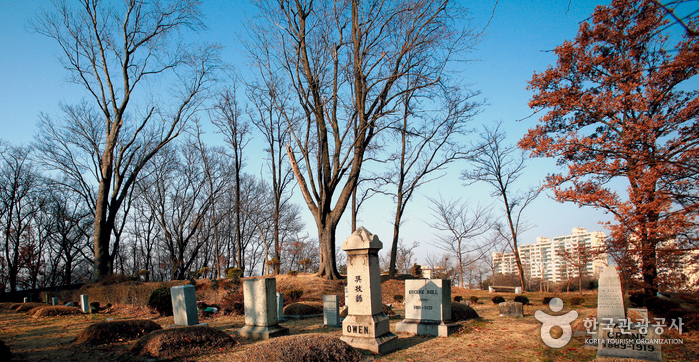
 English
English
 한국어
한국어 日本語
日本語 中文(简体)
中文(简体) Deutsch
Deutsch Français
Français Español
Español Русский
Русский